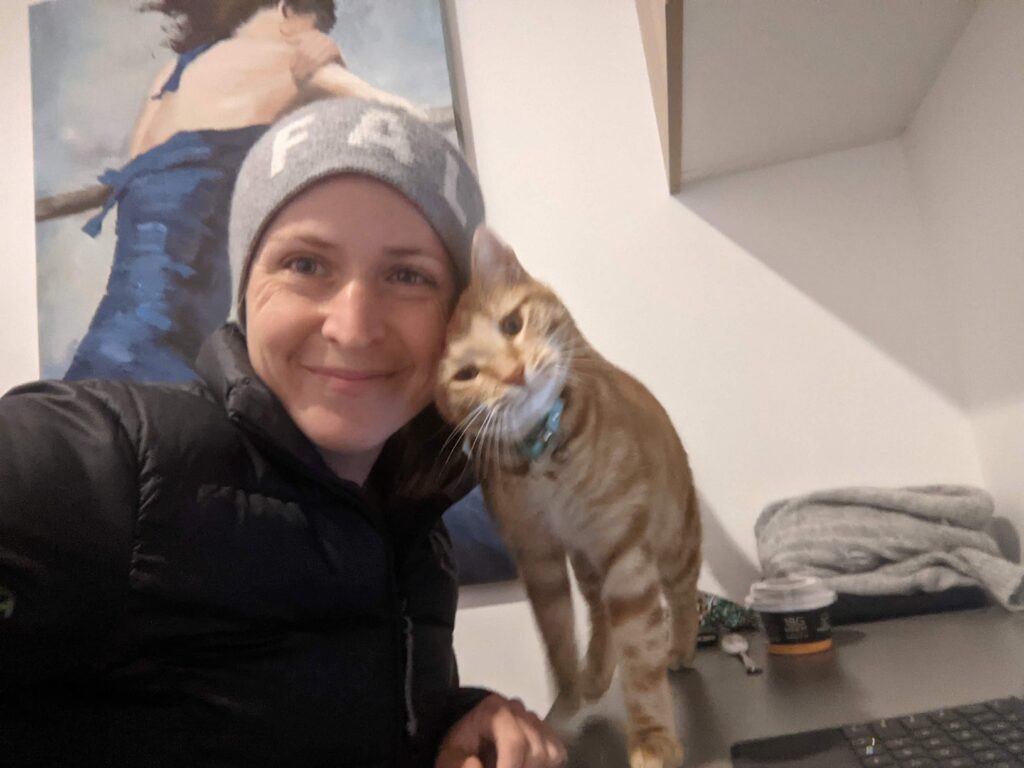Year In Review 2021 – When everything is uncertain, everything that is important becomes clear
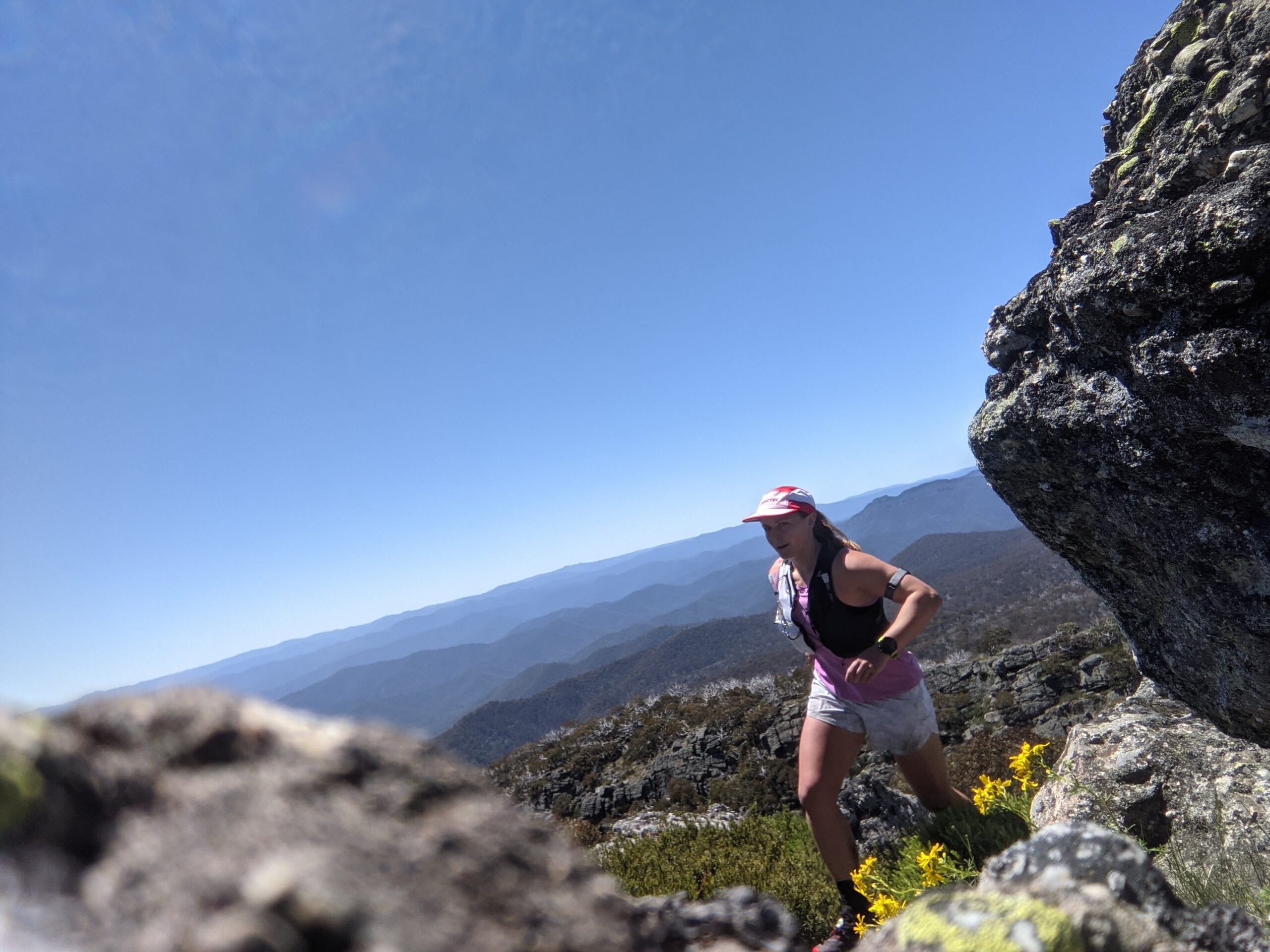
Uncertainty was the number one theme of
2021. Just when we thought COVID-19 was behind us, the Delta strain took hold
in Australia, bringing with it further uncertainty and lockdowns. This was on
top of the uncertainty of 2020 and brought with it an underlying sense of
anxiety about when the uncertainty would end, if ever. Global pandemics do not
care about the start of a fresh year. Like everyone else I tried to live with
it. One good thing about uncertainty is that it helps highlight the important
things – family and friends.
In my 2020 year in review I wrote:
In 2021 I am going focus on meeting the obstacles head on. I am not trying to ‘go back’ to what I had before COVID-19. The events this year have given me an opportunity to question everything, including choices about work, racing and relationships. I am not going to occupy spaces I have outgrown.
This was a promise to myself that I would change. I spent 2020 surrounded by family in Adelaide, working remotely. While I was safe, it also felt like I had put my life on hold. In 2021, I moved back to Canberra, ready to resume life. So did I evolve or repeat previous behaviours?
Running
First up, the things that are easy to talk about. When I moved back to Canberra I had a dreamlike summer trail running in the Australian Alps. Starting with Mt Buller and the Bluff in the Alpine National Park (Victoria) then moving onto Mt Bimberi and Hannels Spur (NSW), I was living the life I had dreamed about while living in Adelaide. There were countless trips to the trails near Thredbo and Charlotte Pass. I was joined on many of these adventures by Bianca and Jimmy and new friends Mick and Jenny and together we explored new parts of the Australian Alps. In April I went back to the Alpine National Park where I finally went up Mt Howitt and experienced the Crosscut Saw. Over autumn and the start of winter I explored Namadgi NP (the ACT part of the Australian Alps). Mt Tennent finally reopened. I ran out to Baroomba Rocks and Mt Tennent from Honeysuckle Campground, explored Johns Peak and Tidbinbilla Peak (including in crazy deep snow). In June I drove to Barrington Tops (not part of the Australian Alps but a significant mountain range) and ran to Carey’s Peak through knee deep snow flanked by tree ferns on a bluebird day. After lockdown I went back to the Alpine NP, this time summiting Mt Cobbler and Mt Clear. Racing also took me to the Australian Alps multiple times including the Australian Alpine Ascent (Kosciusko NP, January), Mt Buller Skyrun (Alpine NP, April), Buffalo Stampede (Bright), and the Great Southern Endurance Run (Alpine NP, November). These adventures were fantastic, and my confidence and navigational skills have increased so much over the year. Adventures in the alps were the highlight of the year. The rest of this review is about the lowlights and lessons.
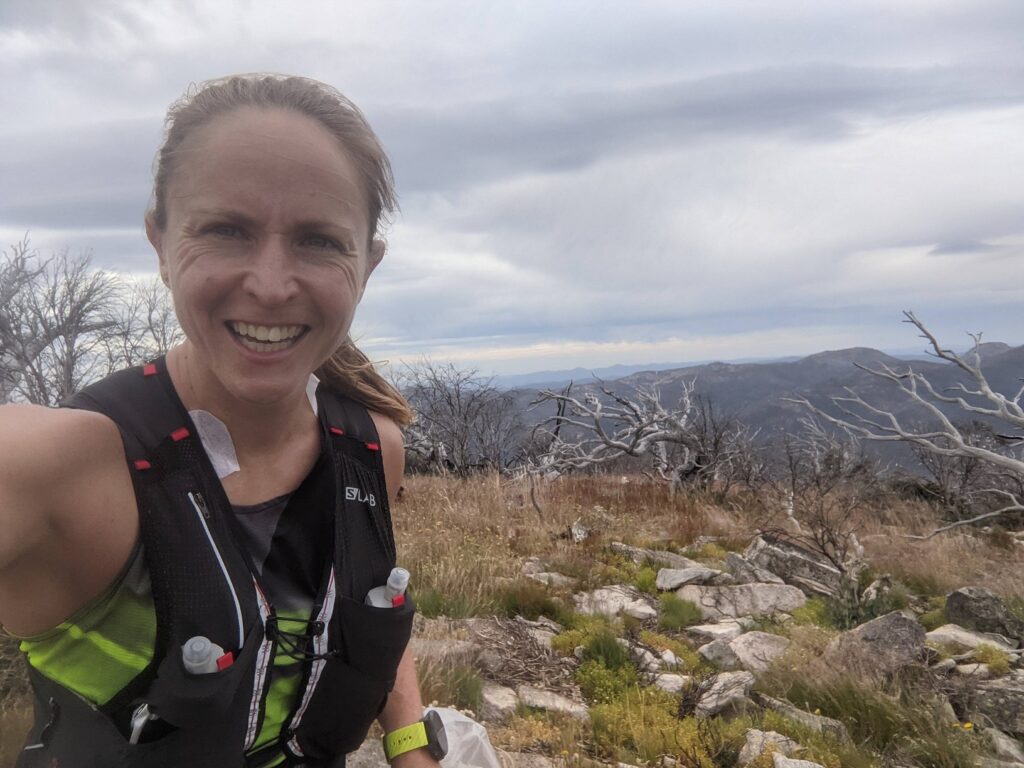
Mt Bimberi (above and right) on Australia Day. ACT’s highest peak at 1,913m. Murrays Gap track was completely overgrown and the single trail to the summit was completely covered in charred snow gums. I also stepped on a copperhead.
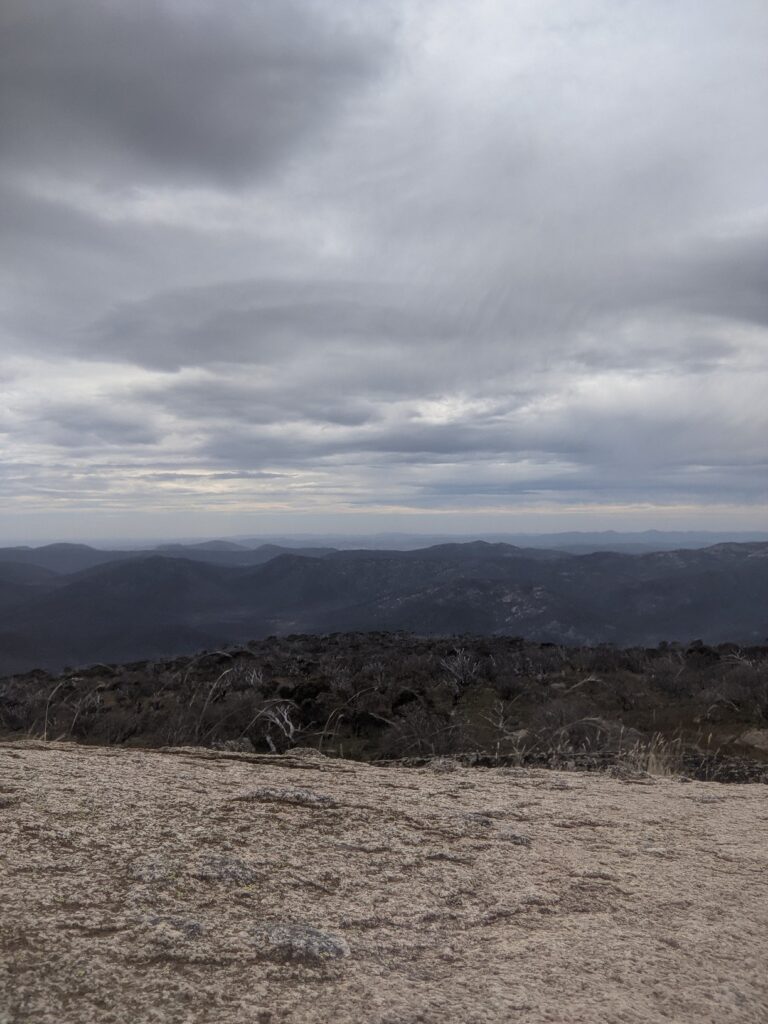
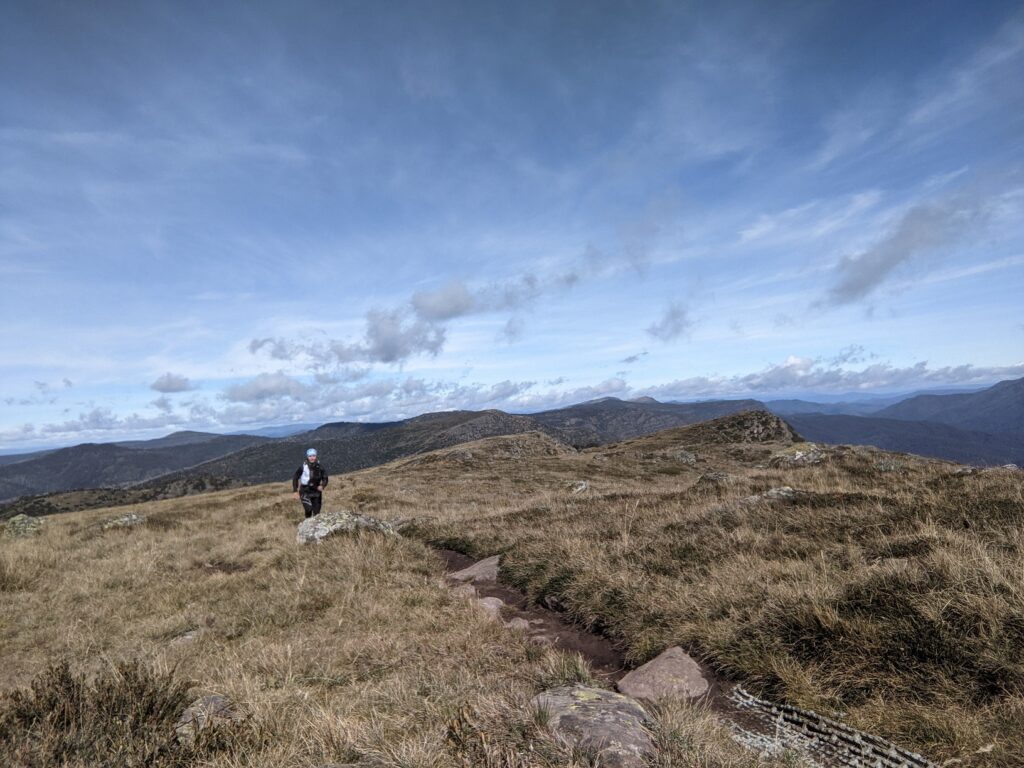
Mt Howitt (above and right) with views across Crosscut Saw to Mt Buggery.
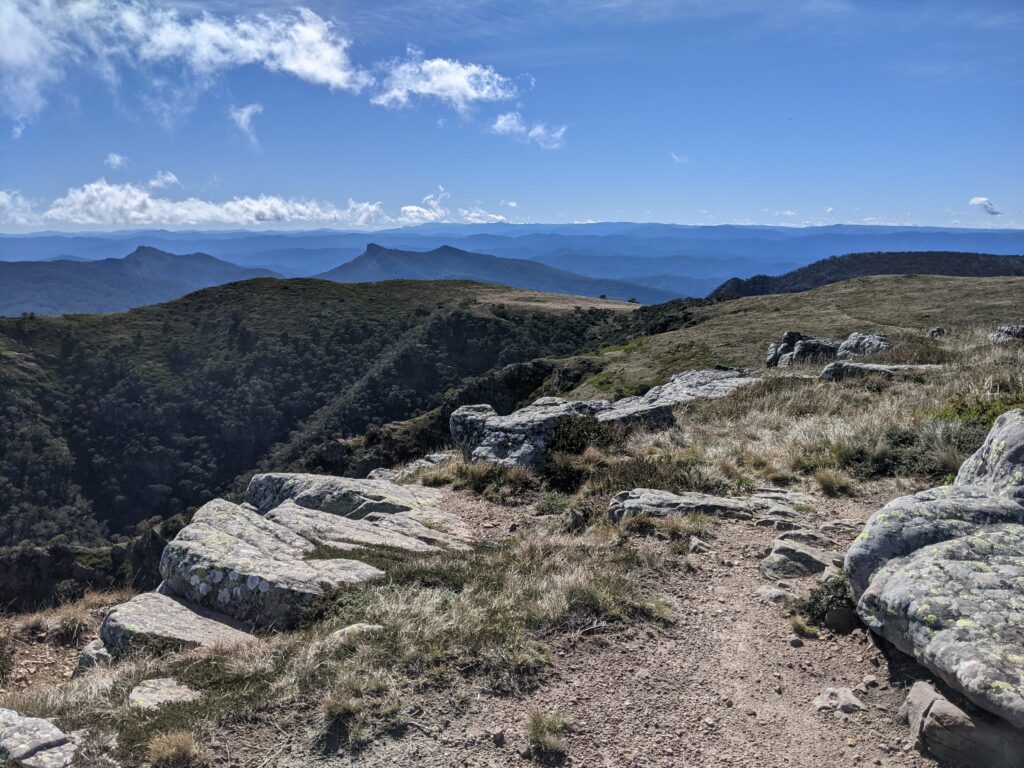
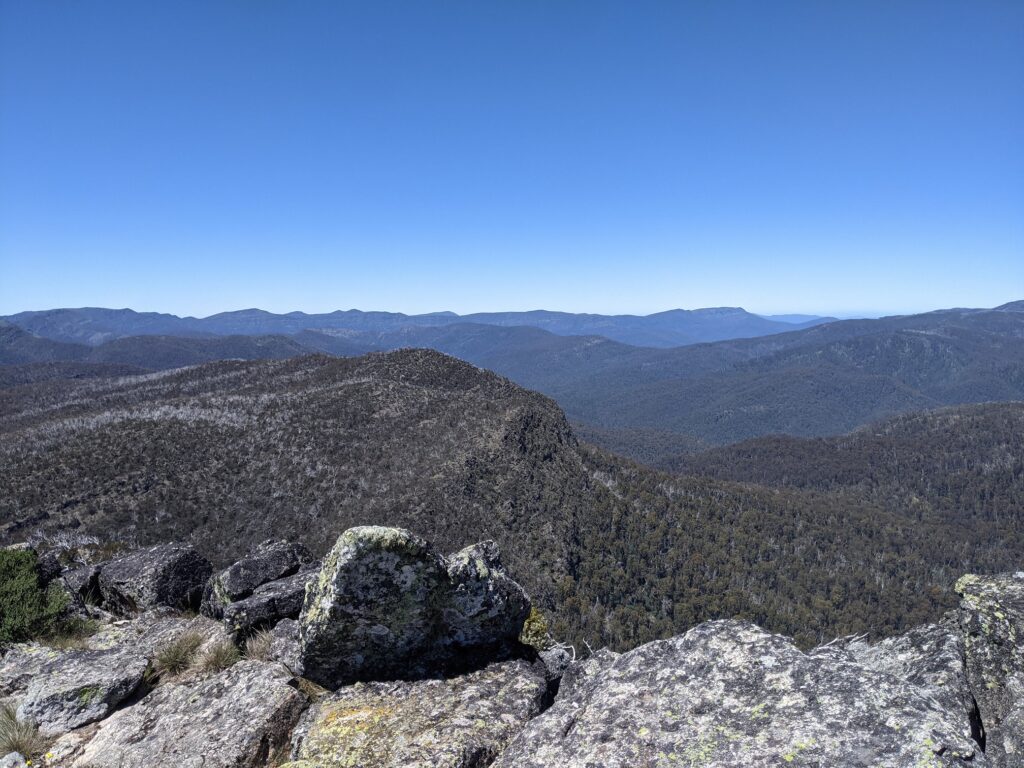
Views across Victorian Alps from Mt Cobbler plateau
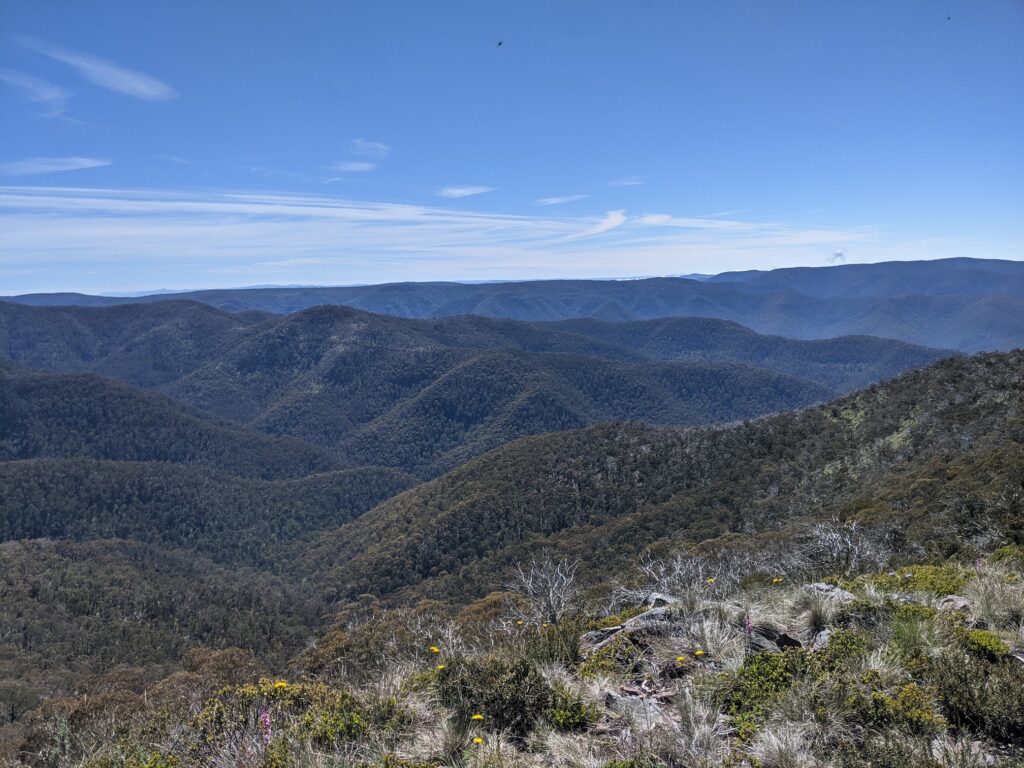
Views from High Cone on the Mt Clear traverse in the Alpine NP.
My number one running goal this year was to stay injury free.
After two years of continuous injury and uncertainty over whether I could ever
be injury free, my number one goal for 2021 was to stay injury free and be
healthy. My other goals in the first half of the year were to win the Australian
Alpine Ascent 25km race (AAA) and achieve my performance goals at my other A
races – Buffalo Stampede, UTA22 and BTU30.
In the second half of the year I would switch focus to
Obstacle Course Racing (OCR). Due to lockdown I did not get the chance to do
this, although I did get to race in November and December 2021 after lockdown
ended. I managed to win the AAA and achieve my performance goals for Buffalo
Stampede (top 3 finish), UTA (top 10 finish), and BTU30 (top 3 finish) (race
recaps are all on website). Despite lockdown swallowing up months of the year,
I still managed to race 13 times. The real story is not the race results but
what I learned along the way about staying healthy.
In 2019 and 2020 I had patella femoral knee pain (6 months),
achilles tendonitis (6 months), plantar fasciitis (left foot 7 months), and
plantar fasciitis (right foot 4 months). I trained through all of these
injuries and continued racing though was barely healthy enough to do so. If I
wasn’t allowed to run due to medical advice I would replace running with hard
cross training.
Looking back, I was getting injured not because of my
training load but because I was not recovering. I was not recovering because my
body was not healthy. I was not healthy because I had been holding a high
training load with minimal periodisation and no off season for years and years.
If you are injured you actually need some complete rest so your body can heal.
Sure, cross training is great, but if you do hard swimming, riding or rowing
cross training every day, you can’t expect your body to heal.
What did I change in 2021? I got help from a great sports
physiologist, made sure I was fuelling training appropriately, parted ways with
my coach of 2.5 years, introduced rest days, and had a six week off season to
rebuild.
From February I started working with a sports physiologist
who assessed my movement patterns and programmed exercises to address my
weaknesses. This was the turning point in improving my health. Two to three
times every week I have done the programmed exercises. At the start of the year
I could barely hop (that’s how injured I was) and now I can do a full single
leg plyometric program multiple times a week. For me, the programming has been
a lot of single leg squat and bulgarian split squat variations (ie with
contralateral press, or diagonal draws), calf raise variations, running drill
exercises, and plyometric progressions. I could barely jump onto an obstacle in
2019 and 2020. I really noticed at Spartan Tooradin a few weeks ago that I am
jumping so well now that it is almost an advantage I have over other elite
females (well at least making up for my height disparity). This was pretty
clear when I got up stairway to sparta first attempt (I had been pretty happy
in Port Stephens earlier in the year where I got up in my fourth attempt). I
also invested in sports massage or physiotherapist manual therapy or dry
needling every four weeks. I think this was particularly important in March to
April when I was racing multiple times a month and some back to back weekends.
Since I finally had health breakthroughs in September, it is not as necessary
because my body is healing itself without the need for as much prompting from
massage or dry needles.
In 2021 I learned more about female hormones and sports
performance (completing one of Stacy Sims courses) and made some key changes. I
ate before every single training session. I ate a carbohydrate source
immediately after running. I properly fuelled all long runs. While I became
more consistent at this throughout the year, it was not until lockdown in
August that I really consistently fuelled properly. The health outcomes were
immediate. I felt amazing. My iron levels were acceptable for the first time
probably ever. The length of my menstrual cycle decreased to 28 days (from 34)
indicating that my hormones were healthier and levels of stress lower. This was
despite being in lockdown and having a stressful workload working on COVID-19
related work health and safety matters. I had a few niggles left over from the
two years of injuries. These went away. I could cope with more running load and
was recovering quickly.
In October I parted ways with my coach and since then have
been self coaching with the support of my sports physiologist in Canberra. The
first change we made was to take a six week off season to try and recover from
the high training load I had been maintaining for almost three years with
little periodisation or rest. I was convinced that I needed to do more training
to get fitter, but the testing showed my aerobic threshold heart rate was high
and I wasn’t going to make much more aerobic progress until I could raise my
lactate threshold (my lactate threshold heart rate was only 5 bpm higher than
aerobic threshold). During the six weeks I dropped all cross training, did two
strength sessions a week and only ran 3-4 times a week. The runs were almost
all under an hour with 2xZ4 sessions and 1xZ3 session a week to try and
increase my lactate threshold and leg speed. When I started running in 2017 I
came from a crossfit and gym background. I was fast only over short distances and
had to work on my endurance and aerobic capacity. So I increased volume,
particularly after started working with a coach in 2019. Although I initially improved
with increased volume, this improvement stagnated and more volume did not
create faster running. I now need the opposite – to increase my speed and leg
turnover. The six week off season and quality running block resulted in me
getting healthy and getting fast. When I started pre-season in December, it only
took about two long runs to feel comfortable with that duration again, and my
aerobic threshold barely changed. Meanwhile my speed had significantly improved
and I was able to perform well in both the Super and Sprint at Spartan Tooradin
right at the end of offseason.
I had reservations about racing Spartan in December. Mainly
because due to off season I had not trained for the race. However, while I had
gained weight (one of the goals of the reduced training load, which also
enabled me to heal all my niggles and establish healthy hormone levels), I was
the healthiest I ever remember being, and wanted to establish that healthy is
fast, it doesn’t matter what you look like. As timing would have it, the race
was also on day 26 of my menstrual cycle, which is the worst possible day for
peak performance because of the reduced blood plasma volume, high heart rate
and increased respiratory rate. This is also usually the worst day for looking
bloated due to water retention. Anyway, I performed well, came away with some
technical things I need to work on to race better in OCR next year, and started
pre-season healthy and looking forward to what I can achieve after pre-season.
So did I evolve or repeat? While I did try earlier in the
year, it wasn’t until lockdown that I made some real changes during lockdown
that I evolved and finally learned:
·
Healthy is fast
·
Running volume is not everything, it can make
you slower if you do not do enough Z4 quality to balance it out
·
If you are not healthy you can do all the work
you like but your body will not absorb that training or adapt
·
If you are female, fuelling before you run,
during and after is crucial for health and adaption (you can only get away with
bad fuelling or fasted training for a year or so before your body breaks down
for a long, long time)
·
You must periodise training across the year,
this includes having quality training blocks without volume, and having an off
season so your body can recover and be more resilient for the training blocks
to come.
·
Complete rest days are very important to absorb
training. While I have rest days scheduled every seven days, every fortnight I
have one complete rest day while the other day it is ok to do gentle cross
training. The complete rest at least once a fortnight is so crucial for me at
least.
Am I convinced this was worth it? That adding more training
is not necessary and can be counter productive and maybe even cause you to be
continuously injured for two years? Absolutely. I recently went to the
Australian Alps around Mt Buller area for a week. I did three days in a row of
3-4hr mountain runs with over 1000m of vertical gain each day. That week I ran
over 100km and ran about 4,000m of vert. At the end of the week I had no
plantar fascia or achilles issues from the vertical gain. I had no knee issues
from the volume. I recovered well and could continue training the next week.
This would not have been possible the year before when any one of those runs
would have had me limping and unable to walk properly the next day.
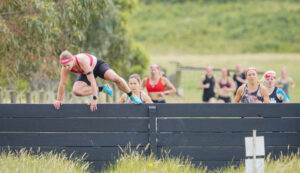
Spartan Tooradin – the last race of the year fell right at the end of my offseason.
Life
In January I moved back to Canberra after 12 months in Adelaide. Initially I stayed with Bianca and Jimmy in Cooma for a week. Then I stayed with Shelley and Jeremy in Canberra for over four weeks while I tried to find a place to rent in Canberra. This was harder than I thought it was going to be, and I kept getting thwarted by people attending earlier inspections (which I could not attend due to work) or by people offering $200 more a week. Previously I had lived in a granny flat with no heating or cooling. In winter it was often -6 degrees inside overnight. In summer it was often 30 degrees when I was falling asleep. During the bushfires of 2019-20 the smoke just seeped right through all the cracks in the granny flat, and I got so nauseous and sick that I had to go back to Adelaide for some clean air so I could get better. I stayed there for over two years but finally terminated my lease while in Adelaide in 2020. I promised myself I would change and just pay more for something more than a lean-to on a house. After four weeks I finally leased an apartment in Red Hill. I wanted to lease a one bedroom place for affordability but the second bedroom (more accurately described as a large shoebox) became invaluable when we went into lockdown and suddenly spent almost every waking moment at home. I definitely evolved when it comes to selecting housing.
Lockdown was the critical point of the year where I was really forced to change the way I lived. Up until May I had only spent two weekends of the year at home. I would work Monday to Friday then leave work to go to my weekend trail destination or race and return on Sunday night with barely enough time to unpack before work on Monday. I love seeing national parks and new trails, but the solo travel is exhausting and takes a toll. You also cannot expect to meet people or make friends in Canberra when you are never in Canberra. I didn’t really understand the toll of the stress of travel until I was forced to stop. In the first half of 2021 I had been torn between trying to spend more time in Canberra and trying to go to as many mountains as possible (after a whole year away from mountains in Adelaide). Lockdown forced me to stay put. Really stay put. Being alone in my apartment for an indefinite period of time was terrifying. This was the reason why I had moved back to Adelaide in 2020, to avoid this very situation. But you can’t keep avoiding life, and here I was.
We went into lockdown on 12 August 2021 which was the day of my birthday. I was on my way to the airport when the lockdown was announced with my new multiday hiking pack. From there I went home, lamenting my empty fridge and cupboards which barely contained any food as I was about to go to the Northern Territory for a three week wild adventure. Although I had prioritised family and had been home to Adelaide in Easter and had my Mum and Dad visit in May, I still missed my immediate family so much. Usually Adelaide is a short 2 hour flight away but the last two years has made me very aware of every single kilometre between us. If you are alone or lonely, lockdown just accentuates that fact so much. At times it felt physically painful. Luckily I had Shelley and Jeremy as my bubble household so I could see them and go and work from their place (and frequently pat their adorable cat who would give me plenty of cuddles throughout the day).
During lockdown I was rescued by a whole host of people, including:
· Ellen, who I ran with once a week
· Caitlin, who I ran with once a week
· Crystal who had picnics with Caitlin and I once the restrictions eased
· My daily call roster – including Uncle Owen, Marni, Paul, Nina, Mum, Erik, Dad, Trilby, Tiffany, Mieka, and Fiona.
I had a lot more time on weekends as I was not travelling, so I had time to finally search for and apply for jobs. After four years it was time for a change. The interview process during lockdown was not optimal, but I came out of the long process with a job in employment law (which I started on 13 December 2021). During lockdown I also had more time for podcasts, walking along Lake Burley Griffin trails, and exploring every single trail in the local area. As lockdown eased, I also went on a number of walks with Jen Bright who was incredibly supportive. Lockdown really reinforced the importance of having friends nearby.
Did lockdown force me to evolve? Yes, definitely. I worked from home (something I had not done since I moved to Canberra), finally took a career move rather than staying with what’s comfortable and familiar, invested more time in friendships, prioritised my health and discovered that you can train just as well on the hills close to your house as those more fancy ones a couple of hours away.
Thanks 2021 for all the lessons and for forcing me to evolve. It hasn’t been easy. But here we are. Ready for whatever 2022 brings. Remembering the things that are important. Letting go of those things that are not.
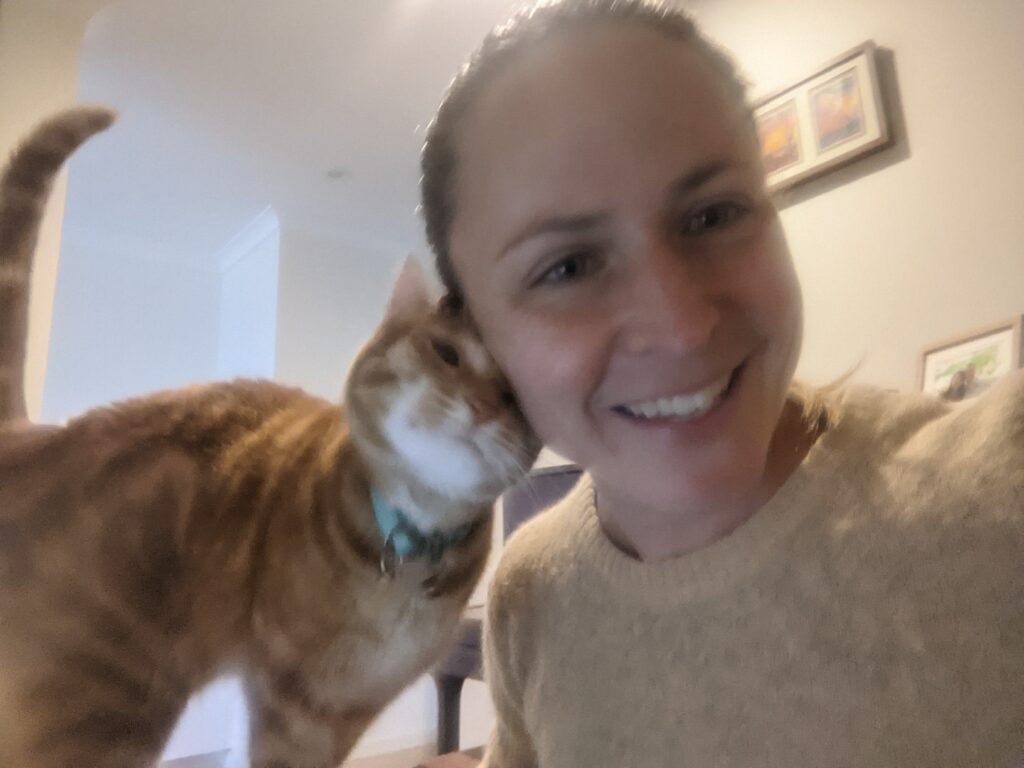
Cuddles from Jeremy and Shelley’s cat during lockdown.
